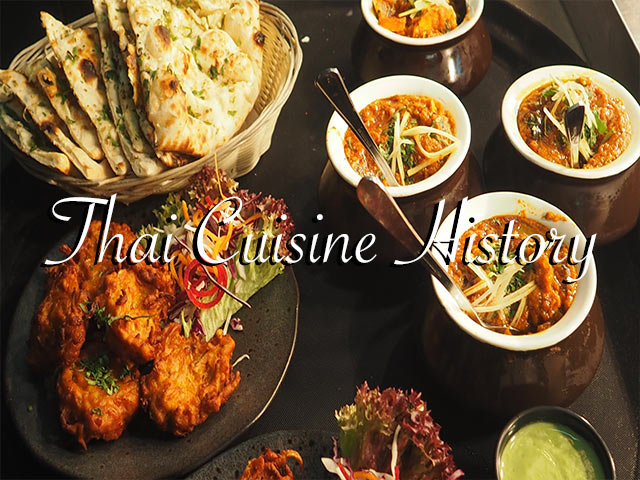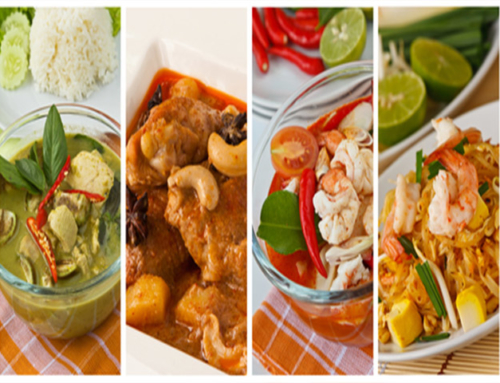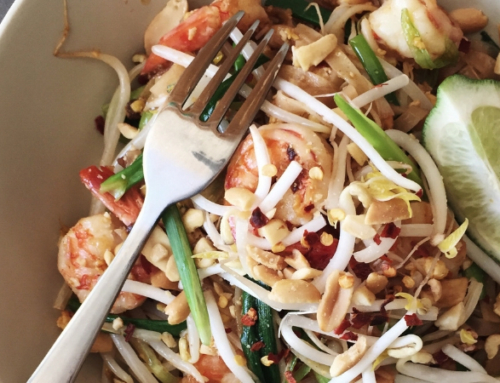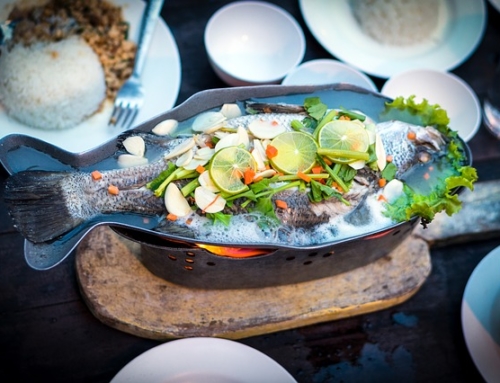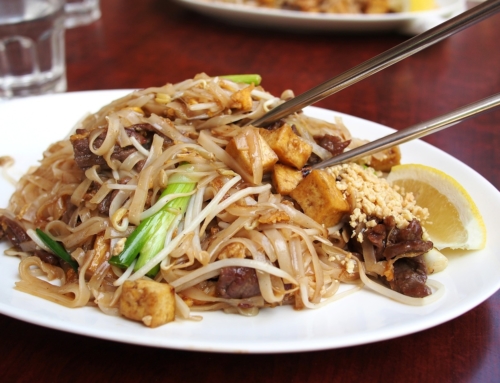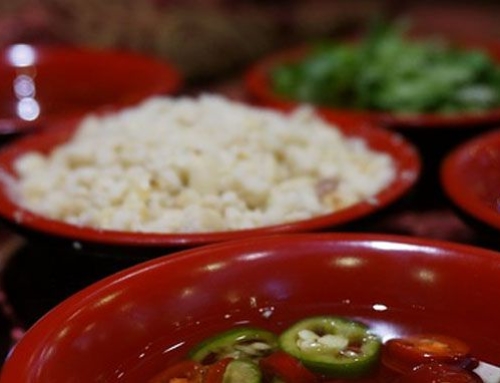Thai Cuisine History
Thai cuisine is renowned for its vibrant flavors, aromatic herbs, and harmonious blend of sweet, sour, salty, and spicy elements. The history of Thai cuisine is deeply rooted in the rich cultural heritage of Thailand, influenced by various factors such as geography, trade, and the migration of different ethnic groups.
The origins of Thai cuisine can be traced back to the ancient kingdom of Sukhothai (13th to 14th century), where the foundation of Thai culinary traditions was laid. The cuisine was heavily influenced by neighboring countries like China, India, and Malaysia, as well as indigenous practices.
One significant influence on Thai cuisine was the introduction of spices and cooking techniques by Indian and Persian traders. This influence is evident in the widespread use of herbs and spices such as garlic, shallots, coriander, cumin, and turmeric in Thai dishes. The blend of flavors and the artful use of spices became an integral part of Thai cooking.
Another key influence came from China, particularly during the Ming Dynasty. Chinese immigrants brought with them stir-frying techniques, noodles, and soy-based sauces, which became important components in Thai cuisine. Dishes like Pad Thai and stir-fried noodles reflect this Chinese influence.
Thai Cuisine History
The migration of the Thai people from the north to the central and southern regions of Thailand also played a crucial role in shaping the cuisine. As Thai people settled in different regions, they adapted their culinary practices to local ingredients and cooking styles. This led to the development of regional variations in Thai cuisine, with dishes like Tom Yum (a spicy and sour soup) from the central region and Massaman curry from the south.
Furthermore, the introduction of Buddhism in Thailand influenced the dietary practices and food culture. Buddhist monks brought a vegetarian influence, leading to the creation of various vegetarian and vegan dishes in Thai cuisine. Herbs, vegetables, and tofu are often used as substitutes for meat in these dishes.
In recent times, Thai cuisine has gained global recognition and popularity. Its unique blend of flavors, fresh ingredients, and visually appealing presentation have captivated the taste buds of food enthusiasts worldwide. Thai restaurants can be found in numerous countries, showcasing the diversity and charm of this beloved culinary tradition.
The history of Thai cuisine is a testament to the rich tapestry of influences and cultural exchange that have shaped it over centuries. With its bold flavors, tantalizing aromas, and artistic presentations, Thai cuisine continues to evolve while staying true to its roots, delighting food lovers around the globe.
Thai Dishes are distinct, and well known worldwide. Perhaps each continent has Thai Restaurants that offer one of the best foods anyone could ever taste. How did the recipes survive since early times?
Thailand, a tropical country, is rich in herbs and spices which add life to their foods. This makes each side of the tongue entertained from every dish. Thai food varies depending upon the area or region of Thailand the dish originates from. These regions include the north, northeast, south and central. Early Thai dishes are commonly plates of seafood and vegetables, herbs and spices dominate the taste. Since early Thais are Buddhists, meat is only eaten in few quantities; either meat is served in strips or shredded.
Chinese taste influenced the traditional Thai cuisine since the area is connected to the Chinese mainland. With the migration of Chinese people about 1,400 years ago into Southeast Asia, frying, stir-frying and deep-frying of food became more popular techniques, and to this day pad thai (fried noodles) and Khao Pad (fried rice) remain classic Thai dishes. Other dishes are stewed, baked, or grilled.
17th century onwards, Portuguese, Dutch, French, and Japanese influenced the Thai kitchens. This includes the advent of chilies in the dining table, brought by Portuguese missionaries who carried the spices from South America.
Thai dishes were spicier than today, believe it or not. Since the curries evolved to have fresh herbs such as galangal and lemongrass, other dishes also became less spicy. The spice is needed to be taken over. Maybe, Thais are just well known for their commitment and resourcefulness, and even in cookery, they were adept at replacing ingredients – for example, the ghee used in Indian cooking was replaced by coconut oil, and coconut milk (which remain today two very popular ingredients in Thai cookery).
Thai food was traditionally eaten with the right hand while seated on mats or carpets on the floor as still happens in the more traditional households. It is now generally eaten with a fork and spoon. Despite China having such an influence on both the country and the food, chopsticks are rarely used, even when eating noodles.KFC Thailand
Today, Thailand as a tourist destination and a regional economic power has had a major impact on the cuisine, and the growth of fast food restaurants such as McDonald’s, Subway, KFC, Pizza Hut and other restaurants has boomed, especially in the large cities and tourist areas. Not only are the tourists and expats eating it, but Thai people are as well. Whilst generally Thai people are not fans of what they consider to be “farang food” viewing it as bland, the acceptance of fast food, suggests there could be further changes to come in the future with Thai cuisines.


